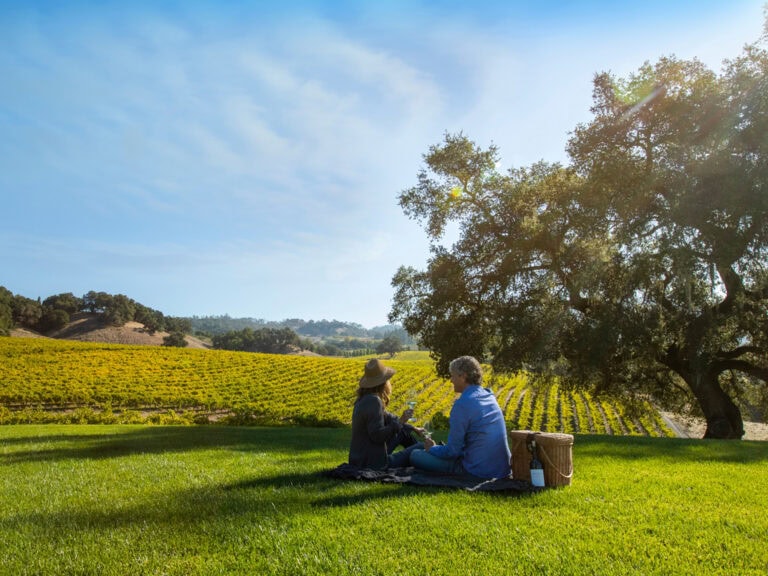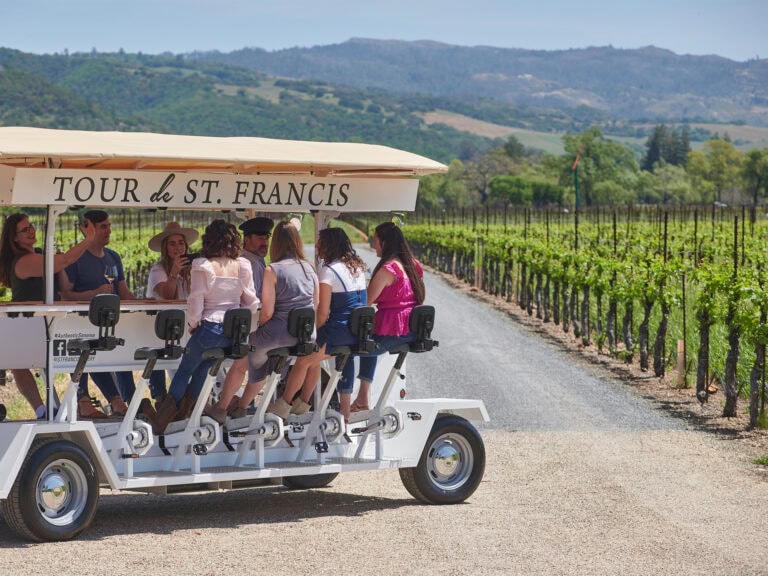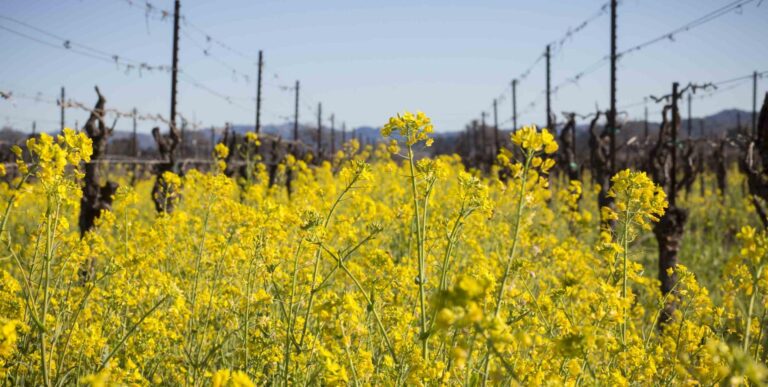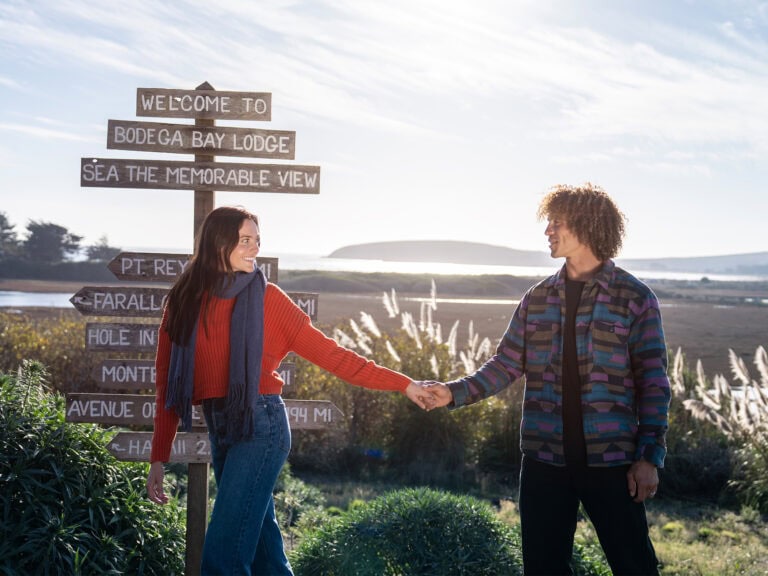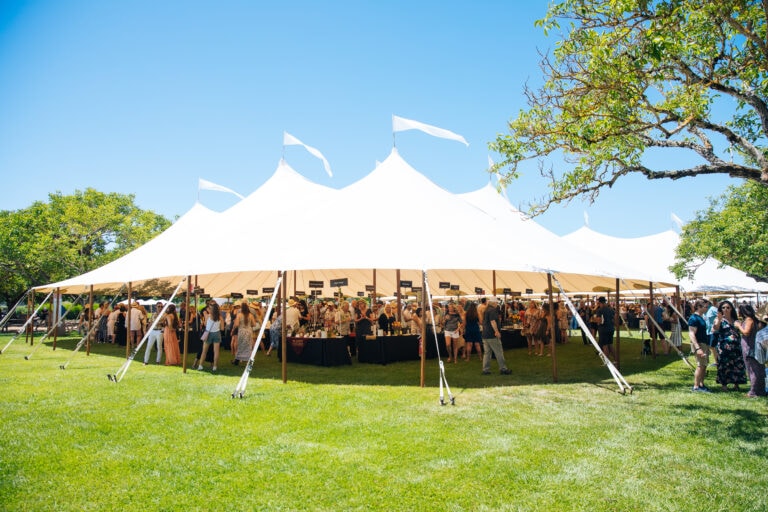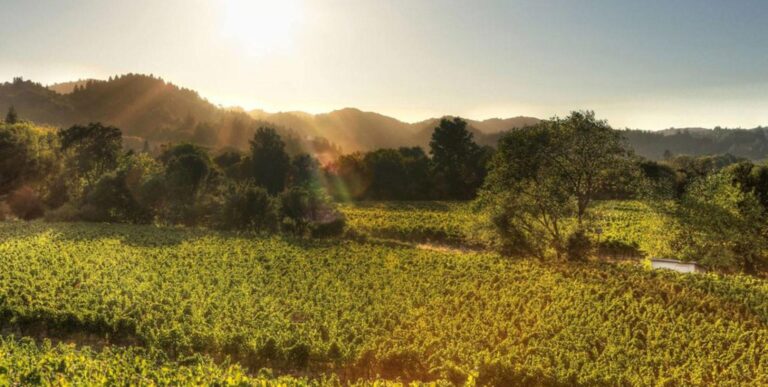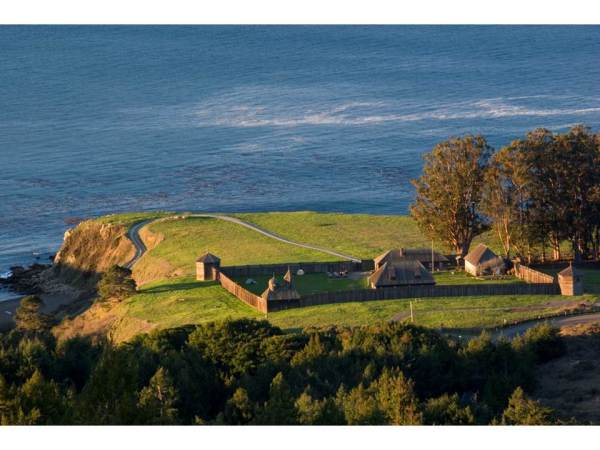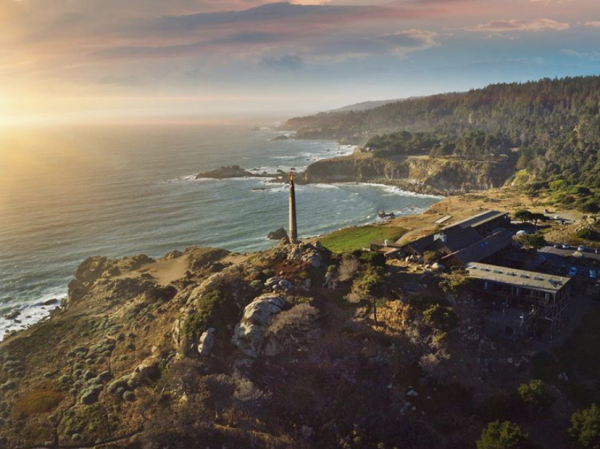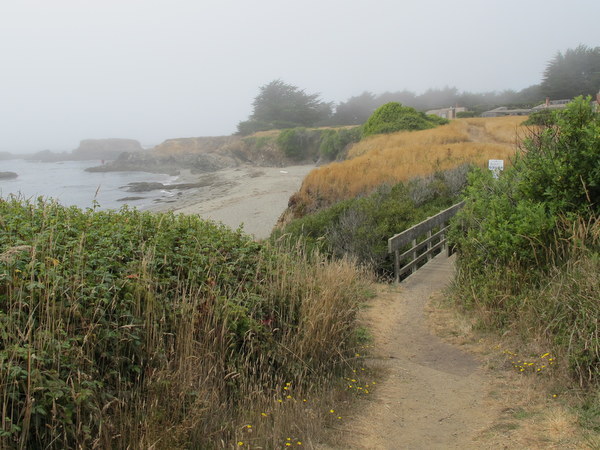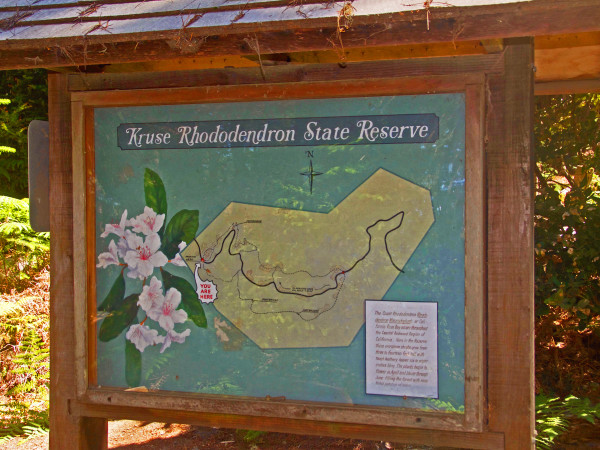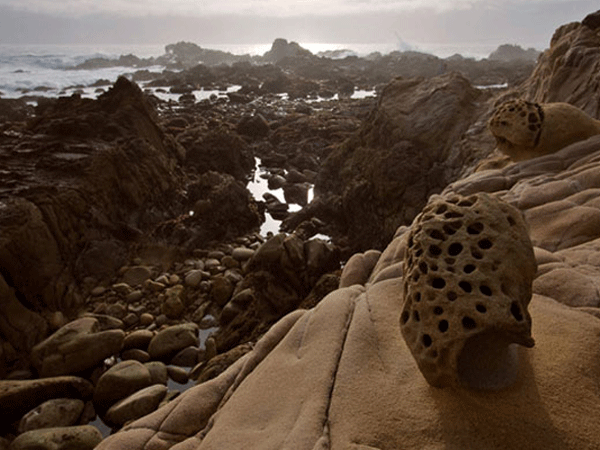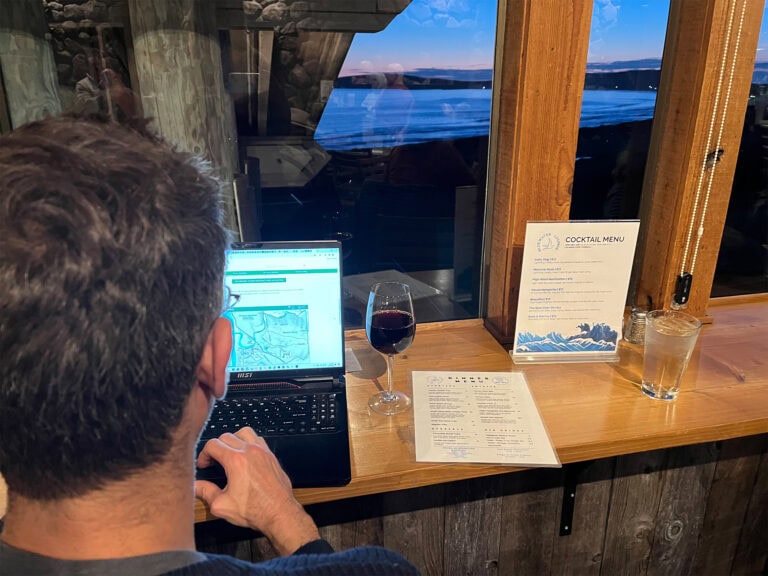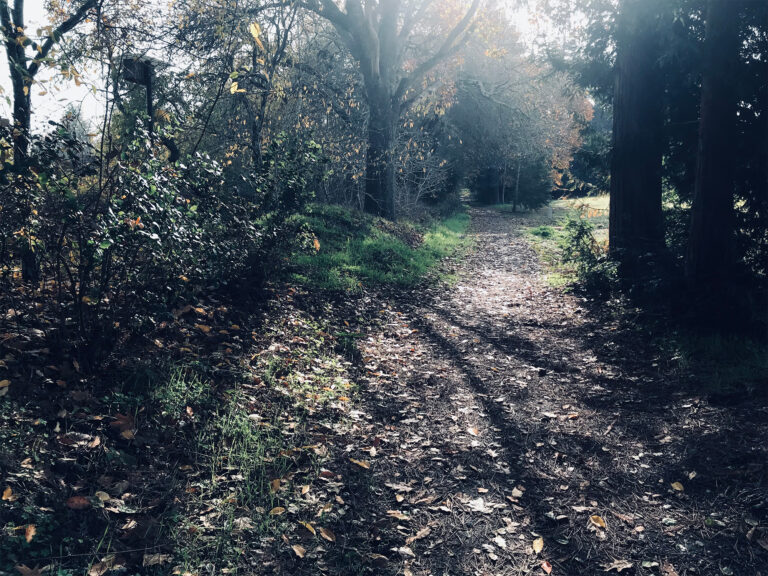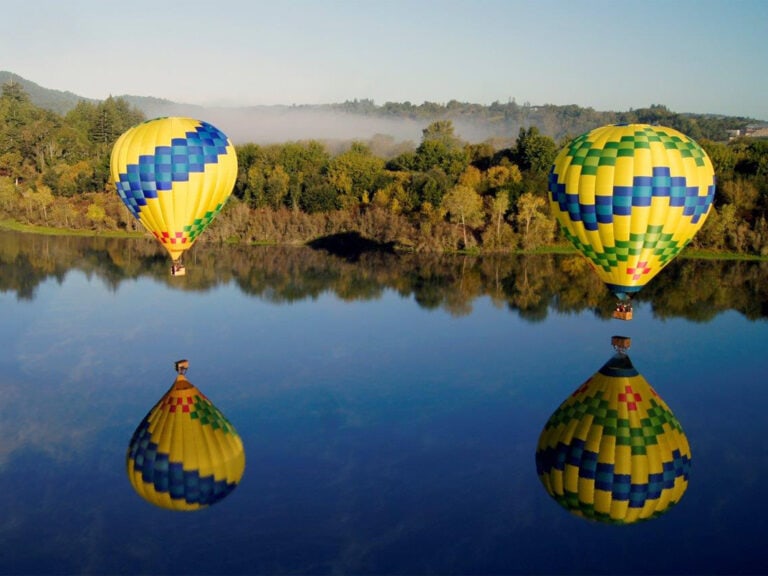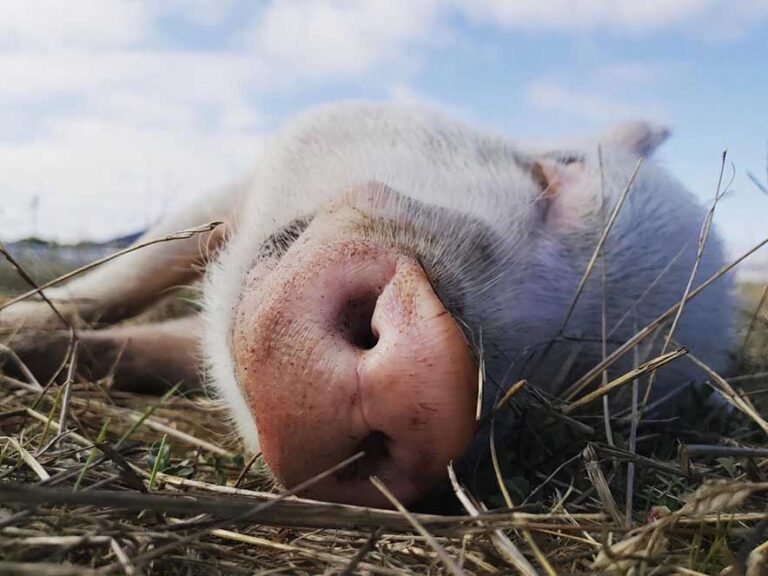5 Fun Things to Do in Fort Ross, California
In Sonoma County, the tiny coastal town of Fort Ross is rich in California history and known for the Russian fur trappers who inhabited the area from 1812 to 1841.
Here, the Pacific Coast is wild and jaw-droppingly beautiful, with clifftop vistas, isolated coves, and fun opportunities for tidepooling. Here are five of our favorite things to do in and around Fort Ross.
1. Take a Beach Hike

Stretch your legs in the sea air on one of six public-access trails in The Sea Ranch, a private community north of Fort Ross, where you can take in panoramic views of the ocean, sky, and rocky outcrops. From parking areas, you’ll cross bluff-top meadows, wind down cliffside staircases, and end at secluded beaches with sandy coves, tide pools, and rock formations.
2. Explore Fort Ross State Historic Park

In the neighboring town of Jenner, you’ll discover the Fort Ross State Historic Park. Here you can view historic Native American displays and tour original and restored buildings from this once-thriving Russian settlement.
Fort Ross was a Russian hunting and trading settlement from 1812 to 1841, and the park museum showcases two other eras of the site, which include Kashaya Indian and Spanish rancho. Today, Fort Ross is a National Historic Landmark well worth a visit.
Also worth a visit in Jenner, is a stop at the Timber Cove Resort to photograph and marvel over the 93-foot cliff-top “Peace Obelisk” sculpture by renowned mid-20th century artist Benny Bufano.
3. Sip Wine With a View

Fort Ross lies in the 27,500-acre Fort Ross-Seaview American Viticultural Area (AVA), which produces sensational wine varietals.
Visit the tasting room at Fort Ross Vineyard & Winery, also in the scenic coastal town of Jenner, for breathtaking views of the Pacific Ocean. The estate offers a few tasting experiences, but the 90-minute seated wine and food-pairing is unforgettable. Book your spot in advance, as limited reservations are available.
Other vineyards thrive in this majestic region and are happy to sell you a bottle of their cool climate wines from their websites:
4. Watch for Whales
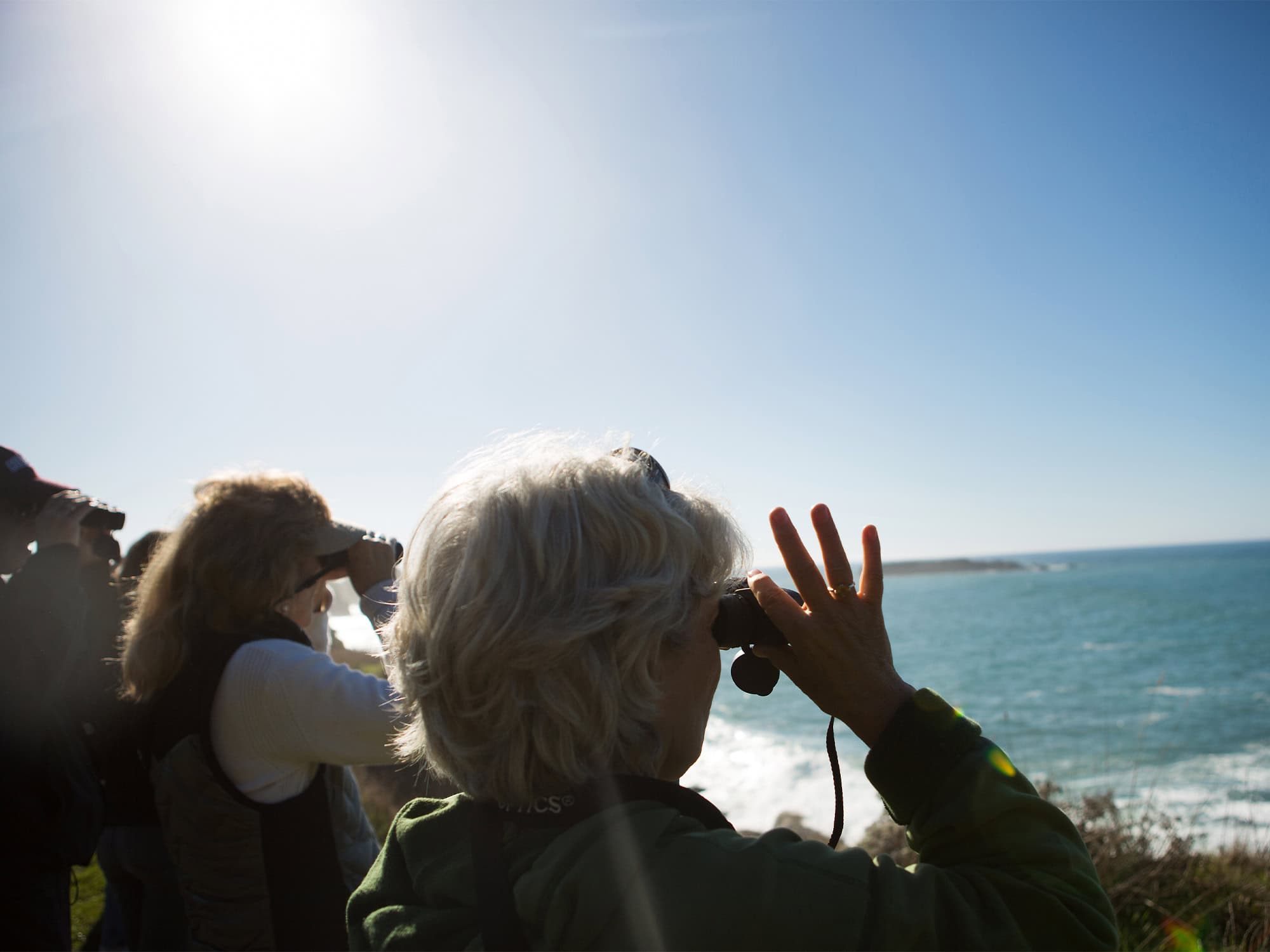
The region’s coastal bluffs are ideal whale-watching spots, especially during the two yearly Grey Whale migrations. Between November and January, the whales leave Alaska and head south to birth in the warm waters of Baja. From February into April, mother whales return north with their new calves. You just might be able to spot the tell-tale water spout from a whale’s blowhole, but bringing binoculars always helps!
Good whale-spotting locations in this area include Gualala Point Regional Park, Stillwater Cove Regional Park, Kruse Rhododendron State Natural Reserve, the public access trails at Sea Ranch, and Salt Point State Park.
5. Spend the Day at Salt Point State Park
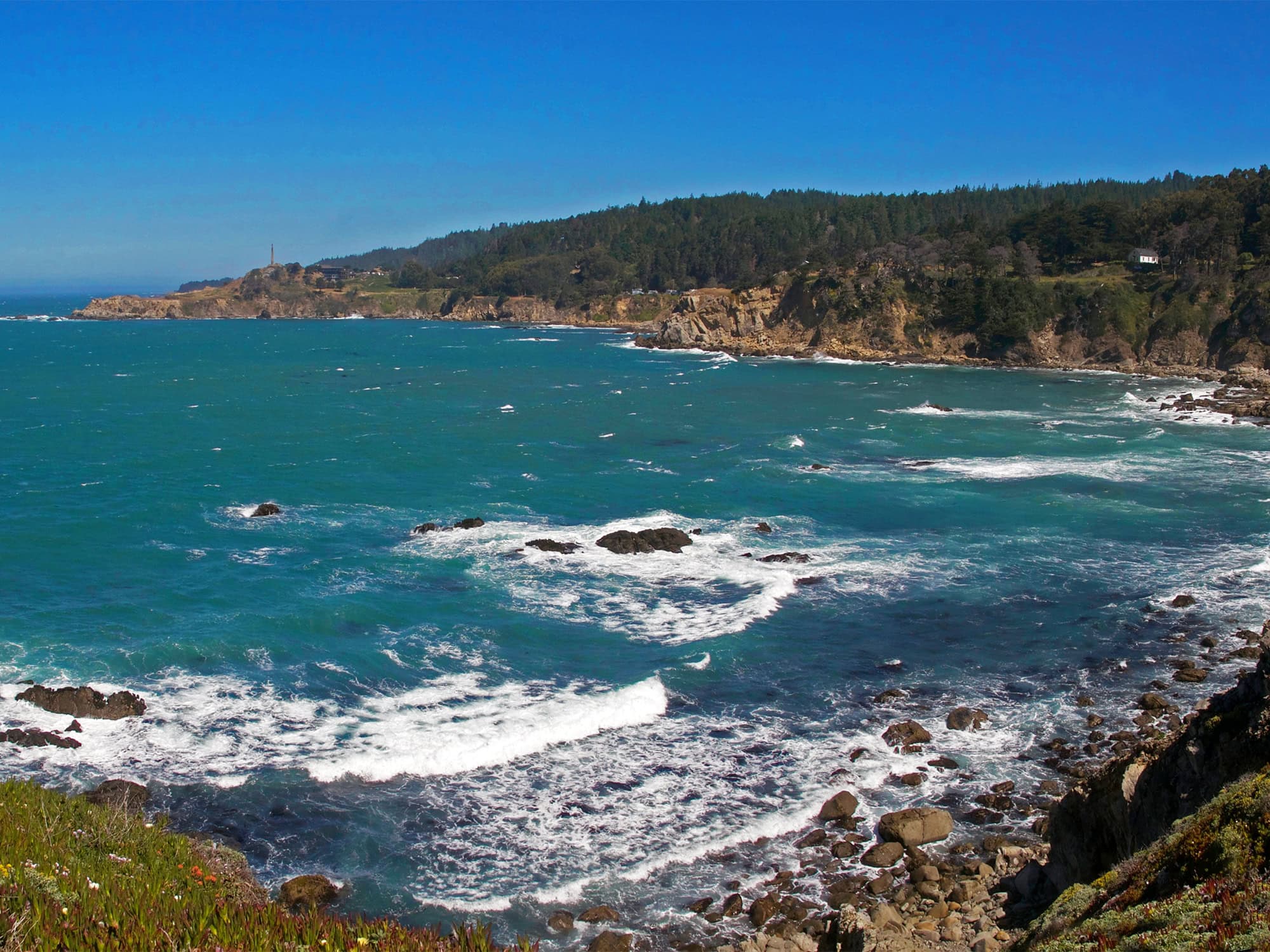
This 6,000-acre gorgeous state park has lots to offer, including more than 20 miles of hiking and equestrian trails, a lively visitor center with many activities, and one of California’s first underwater parks offering up-close views of crashing surf.
At Salt Point, look for fascinating Tafoni sandstone — this sandstone is riddled with honeycomb-type erosion that produces ribs, ridges, holes, and other patterns.
Brush up on Sonoma County’s safety tips for water activities.
Together, we can protect and preserve the beauty and natural resources of Sonoma County for generations to come. Check out our page on Sustainable Travel, and look over the Leave No Trace Seven Principles.
Written by Sonoma County Insider Suzie Rodgriguez.
Places Mentioned
THIS IS WINE COUNTRY.
Share your experience using #SonomaCounty or #LifeOpensUp
